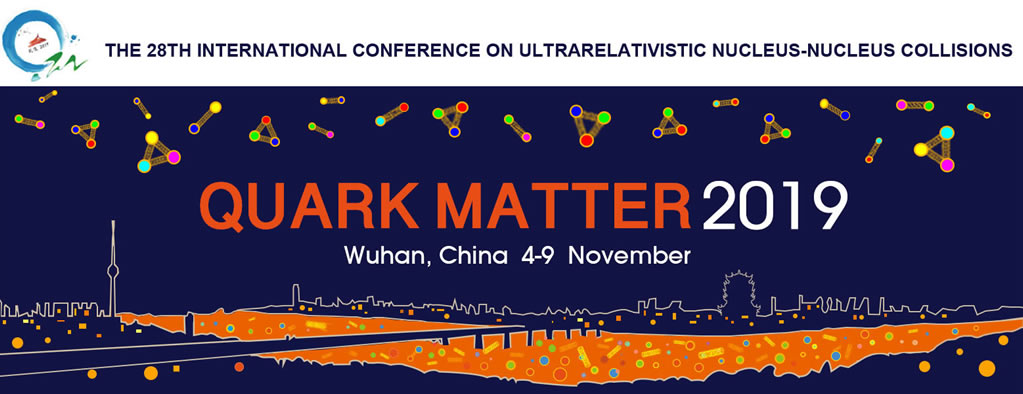Speaker
Description
In heavy ion collision experiments at RHIC and LHC, quarkonium yields have been measured at various collision energies. The experimental findings reveal different characteristic behavior: sequential suppression dominates for bottomonium and recombination for charmonium. A comprehensive understanding of this phenomenology requires a genuine quantum mechanical treatment, in particular to capture the phenomenon of decoherence central to a unified description of suppression and recombination.
Recently progress has been made in understanding the in-medium dynamics of a quarkonium based on the framework of open quantum system. It allows us to derive the dynamics of quarkonium in the quark-gluon-plasma systematically from QCD and already has helped improve our understanding of the complex in-medium potential. In a previous study, based on the stochastic potential approximation [1], we have elucidated the role of decoherence on the stability of in-medium heavy quarkonium, identifying it as a novel mechanism for quarkonium dissociation via scattering with the medium [2], in addition to the well-known Debye screening.
In this talk we present results [3], where for the first time color degrees of freedom are taken into account in fully quantum mechanical fashion without invoking a semi-classical approximation. I.e. we simulate a genuine color SU(3) stochastic Schrödinger equation. We discuss how SU(3) color degrees of freedom affect the real-time evolution of quarkonium color singlet and octet states. We find the preservation of quarkonium parity in the colorful stochastic potential. We also show how the decoherence proceeds in the color octet states and discuss the availability of classical description for the gluo-dissociation process.
[1] Y. Akamatsu and A. Rothkopf, Phys. Rev D 85 (2012) 105011;
[2] S.Kajimoto, Y. Akamatsu, M. Asakawa, and A. Rothkopf, Phys. Rev. D
97 (2018) 014003.
[3] S.Kajimoto, Y. Akamatsu, M. Asakawa, and A. Rothkopf (in progress)
